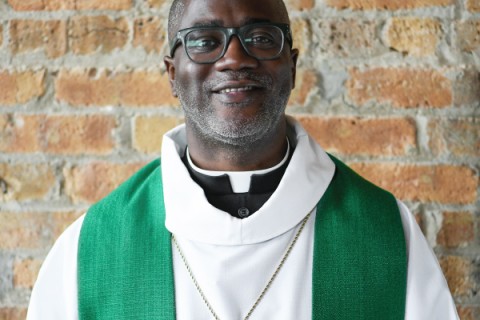The gifts of the circle
The women stood at various points around the large conference room. Each had a large piece of poster board in front of her. For 45 minutes the room was silent except for the sounds of brush on paper.
Using the process of lectio divina, I had read Mark’s account of Jesus calming the storm four times. The women meditated on the words that came to mind until each felt ready to paint from the feelings that the passage had brought forth. Then we began to talk about the images each one had painted: dark clouds, streams of light, and a crashing wave.
I have facilitated this group of young adult professionals for nine months, using the peer circle conversation model. We have gathered at the Claret Center, where I work as a spiritual director, though this exercise in group spiritual direction could work in a variety of settings. In churches, the circle might serve as a structure for a multiple-session adult education offering. It could be adopted in a similar way in seminary settings.





